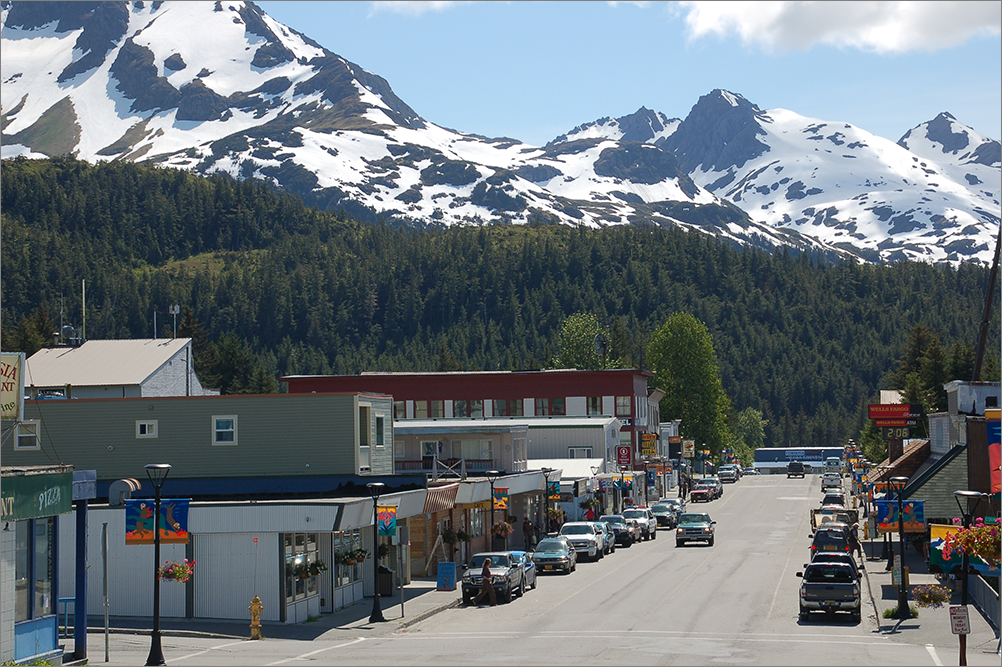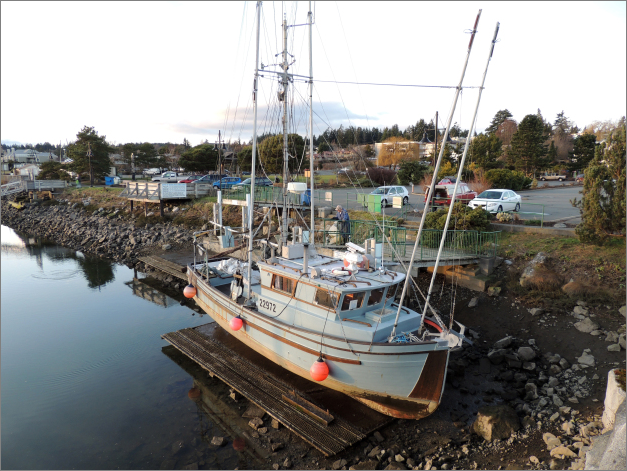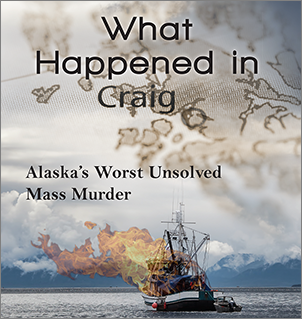Research, research, research. That’s my mantra. And if you want to write about what it’s like to be a commerical fisherman… you have to become a commercial fisherman, if only for a little while. I readily admit that I didn’t get to this realization in a straight line. There was, in fact, a hole in my process.
I couldn’t avoid admitting that when, in 1994, a friend gently admonished me. “How can you write about murder on a seine boat,” she wondered, “if you’ve never worked on a purse seiner?”
Fair enough, I said. “But I don’t happen to have a purse seiner handy.”
“I do,” she said. “My brother-in-law has a purse seiner in Alaska and he’s going fishing in two weeks.”
“Can you arrange it?”
“He asked me if I wanted to work this season,” she said. “You’ll have to work, too. What can you do?”
“I can cook?”
In a whirlwind of arrangements — buying airline tickets for the flight north; finding the right clothes, including a hat for the fishing grounds, so I wouldn’t get slimed by jelly-fish; grabbing a duffle bag to carry my purposefully sparse belongings; and cooking a crew menu for an audience of one (my friend) — I was off to Cordova, Alaska. As a cook on a purse seiner. It was only a two-week commitment. Little did I know how much would be crammed into those 300 plus hours.
After a short, mandatory stop in Yakutat — where we spotted eagles in the trees just off the runway — we landed at Merle K. “Mudhole” Smith airport in Cordova. If you don’t have a truck, the airport is about as far as you can drive in Cordova. The paved road ends at the runway, 11 miles out of town.

Cordova, Alaska (summer)
As a sign of my dumb-shit status, I assumed we’d go fishing right away. That wasn’t the case. First, there was prep work to be done. We rendezvoused with skipper Earling Carlson and the F/V Three Sisters at the Cordova docks. Our trusty vessel needed some spring cleaning before we went anywhere near the fishing grounds.
After scrubbing her stem-to-stern, at high tide we motored over to what Earling called “the grid,” which I learned was a clever substitute for a dry dock. After tying up the Three Sisters, we waited for low tide, when she’d be high-and-dry. It was then that we scrambled like ants; we needed to scrape and paint her hull before the next tide came in.
My friend grumbled that this should have been done the previous season, when Three Sisters was put in for the winter. I didn’t care. I was there to learn. Earling Carlson was going to make sure I did. I wasn’t ever going to be a professional fisherman, but I sure as hell would discover what it took to be one.

Longliner on a grid in B.C.
Copyright Leland E. Hale (2018). All rights reserved.

Order “What Happened In Craig,” HERE and HERE, true crime from Epicenter Press about Alaska’s Worst Unsolved Mass Murder.